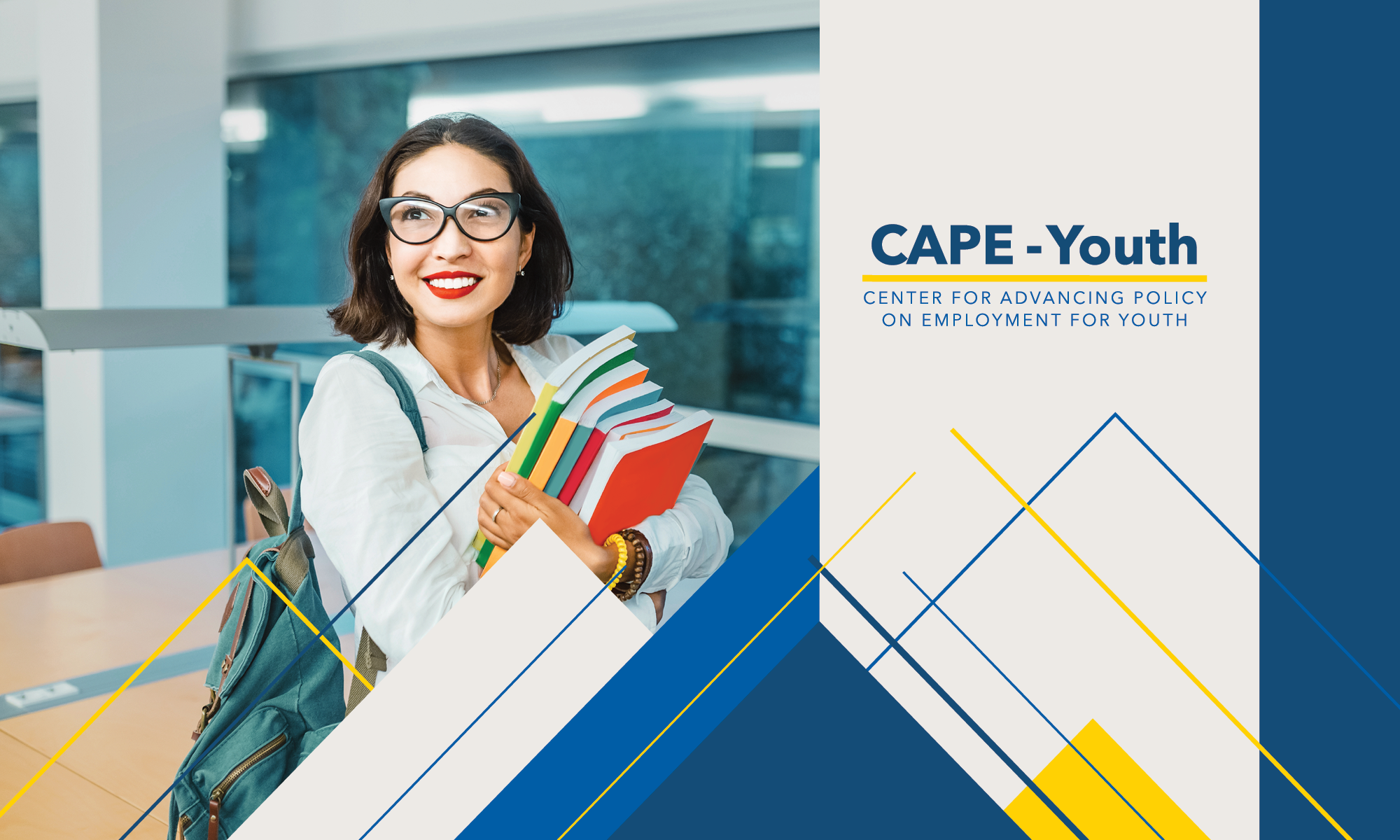Practitioner
Youth | Family | Practitioner
Beyond policymakers, youth and families, a number of other stakeholders are critical for ensuring young adults with disabilities can transition successfully from youth systems into adulthood. These stakeholders are critical service providers, administrators, and program managers, including individuals working with:
- Community-based organizations
- Community colleges and education providers, including teachers, counselors, and other youth service providers
- Employers
- Education, workforce and human services cabinets
- Mental health service agencies
- Social service and community service providers
- State and local economic development agencies
- State and local transportation cabinets, councils and agencies
- Vocational rehabilitation agencies
- WIOA Program partners (i.e., Adult, Dislocated Worker, Youth, Adult Education & Family Leave Act recipients, Wagner Peyser programs, Vocational Rehabilitation, and Temporary Assistance to Needy Families Program Providers)
- Workforce Development Entities (including your regional America’s Job Centers [AJC] and their partnering programs)
- Other relevant stakeholders
Collaboration among these state agencies and partners has a positive impact on successful outcomes for youth. Bridging the gaps between services provides for an easy transition and ensures students’ skills align with job requirements.
Relationships between service providers, youth and families and policymakers can be formal or informal. For example, community resource linkages are outcome-based partnerships between employers and organizations that provide employment services or candidate referral for targeted hiring programs. Alternatively, state agencies can work together to develop state level internships and hiring preferences in-house. Employers can also utilize Employee Resource Groups (ERG) and create internship/integration programs, or develop relationships with particular universities or high schools. For more examples on developing strategic partnerships, see the policy examples below.
Additional Resources
- This roadmap provides a checklist of internal and external communications to promote agency-wide collaboration. It also includes the steps for establishing and growing an Employee Research Groups, short-term goals, as well as long-term accountability strategies.
Recruitment & Hiring: Employer Assistance and Resource Network on Disability Inclusion
- This webpage provides information to help employers, both public and private, ensure their recruitment and hiring processes are disability inclusive.
Inclusion@Work: A Framework for Building a Disability-Inclusive Organization
- Inclusion@Work Framework is an internationally award winning multimedia policy tool that outlines seven core components of a disability-inclusive workplace, along with a menu of strategies for achieving them.
For Youth Service Professionals
Organizations
- Employer Assistance and Resource Network on Disability Inclusion (EARN)
- EARN is a free, confidential service from the U.S. Department of Labor’s (DOL) Office of Disability Employment Policy (ODEP) that connects employers seeking workers with qualified candidates with disabilities.
- Workforce Recruitment Program (WRP)
- WRP helps employers identify qualified college students with disabilities for summer work experience and, in some cases, full-time employment.
- Department of Veterans Affairs (VA), Veteran Readiness and Employment Service
- VA’s Vocational Rehabilitation and Employment Service helps employers across the country fill workforce needs with trained, educated and experienced disabled veterans.
- Council of State Administrators of Vocational Rehabilitation
- The Council of State Administrators of Vocational Rehabilitation is composed of the chief administrators of the public rehabilitation agencies serving individuals with physical and mental disabilities in the States, District of Columbia and the territories. These agencies constitute the state partners in the State-Federal program of rehabilitation services provided under the Rehabilitation Act of 1973, as amended. The Council’s members supervise the rehabilitation of some 1.2 million persons with disabilities.
- State Vocational Rehabilitation (VR) Agencies
- State VR agencies help individuals with disabilities obtain and maintain employment. Thus, they also assist employers in identifying qualified, job-ready candidates with disabilities to fill their workforce needs.
- State Governors’ Committees on Employment of People with Disabilities
- Each state typically has a governor-appointed board, committee, commission or council that provides leadership to its efforts to improve employment opportunities for individuals with disabilities.
- Disability: IN
- Disability: IN is a nonprofit resource for business disability inclusion worldwide. Its network of over 185 corporations expands opportunities for people with disabilities across enterprises. The central office and 30 affiliates serve as the collective voice to effect change for people with disabilities in business.
- LEAD Center
- The LEAD Center provides policy research and recommendations, training, and technical assistance, as well as demonstration projects designed to break down silos in existing systems, processes and practices, and foster wider understanding, adoption and integration of next-generation employment practices in both the public and private sector.
